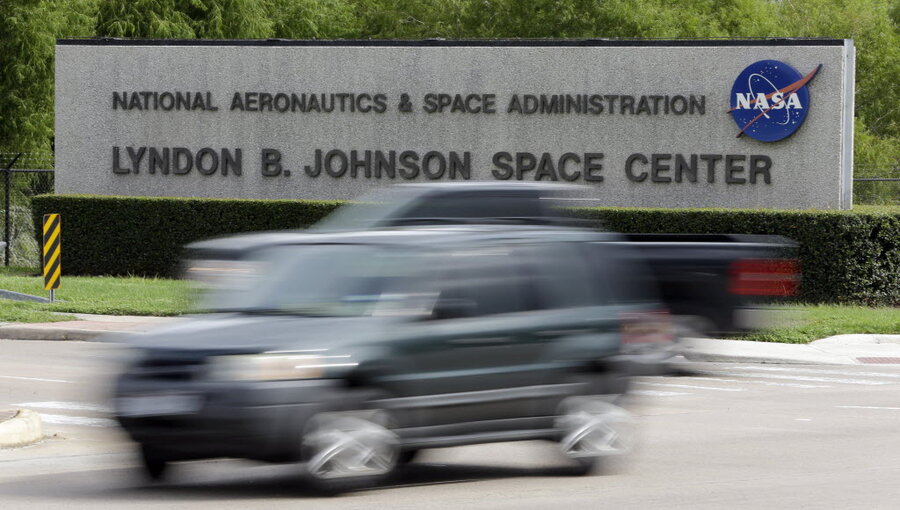Government shutdown: NASA turns 55 – and turns out the lights
Loading...
Fifty-five years ago, on this day, President Dwight D. Eisenhower signed into law a lofty dream: the establishment of a space agency.
“Congress declares that it is the policy of the United States that activities in space should be devoted to peaceful purposes for the benefit of all humankind,” wrote the authors of the 1958 National Aeronautics and Space Act.
That’s right – it’s NASA’s birthday. And it’s a day brimming with peace and optimism for humankind and the exploration of the cosmos and – oh, never mind.
When Congress failed to reach an agreement last night that would pass a budget in advance of the Oct. 1 deadline, NASA joined all US government operations in screeching to a near total stop. That means that as the space agency celebrates more than five decades of reaching for the stars – including a fair share of setbacks and disasters throughout the years – the finger-pointing and heel-digging in Congress has put the kibosh on the agency’s planning for future missions.
It also means that the nice graphic that NASA prepared for the occasion, which outlined its past achievements and its hopes for the future, is now nowhere to be found, after the agency’s website was shut down.
And what about the six astronauts floating some 250 miles above the Earth in the International Space Station (ISS)?
In a statement at the White House last night, President Barak Obama emphasized that the cankerous Congressional impasse would not affect those folks. “NASA will shut down almost entirely, but Mission Control will remain open to support the astronauts serving on the Space Station,” he said.
During the shutdown, NASA is receding into a self-sustaining hibernation, whittling its staff to the minimum required to support the ISS, as well as all existing satellite missions. Other ongoing operations are, in effect, being put to sleep: The Mars Curiosity rover will be put in “protective mode,” according to the International Business Times, and other missions will continue to funnel out data but with no one to sift through it all.
And, NASA's Twitter feeds are going on hiatus.
“Due to government shutdown, we will not be posting or responding from this account. Farewell, humans. Sort it out yourselves,” tweeted the operators of NASA’s Voyager 2’s Twitter account, last night.
Meanwhile, the agency’s planning for future missions – where to land the next mission on Mars; which asteroid to lasso; and what to do with a future lander on Europe – has gone quiet.
The shutdown will put some 97 percent of NASA’s staffers on un-paid leave: just 549 of the agency’s employees are expected to work, out of its some 18,250 staffers.
In an email to staffers last night, the NASA’s Office of Human Capital Management outlined the procedures that furloughed employees will follow as of midnight Monday night.
“During the furlough, you will be in a non-pay, non-duty status,” said the email. “You must remain away from your work site, and may not work at home or in another location, unless and until recalled. NASA laptop computers, smart phones, and other resources used for remote access must be turned off and may not be used while you are furloughed.”
Some NASA workers had been asked to report to work on Tuesday morning to finish necessary activities, but would be dismissed within 30 minutes or less, it said.
The email also included a template for furloughed employee’s out-of-office emails and voicemail messages: “NASA is currently closed due to a lapse in government funding. I am in furlough status; therefore, I am unable to respond to your message at this time.”
In other words, if anyone is out there, Congress is too busy to take your call. Try back another time, ET.








